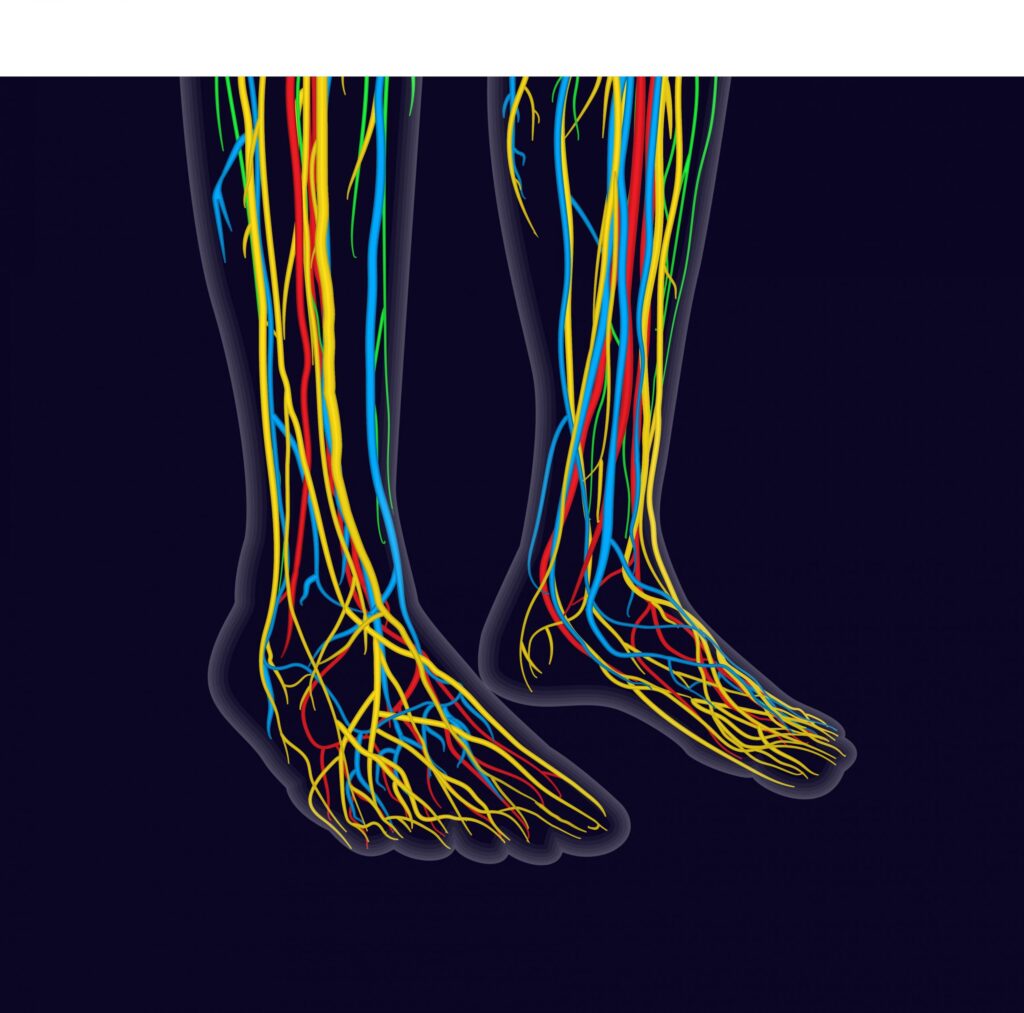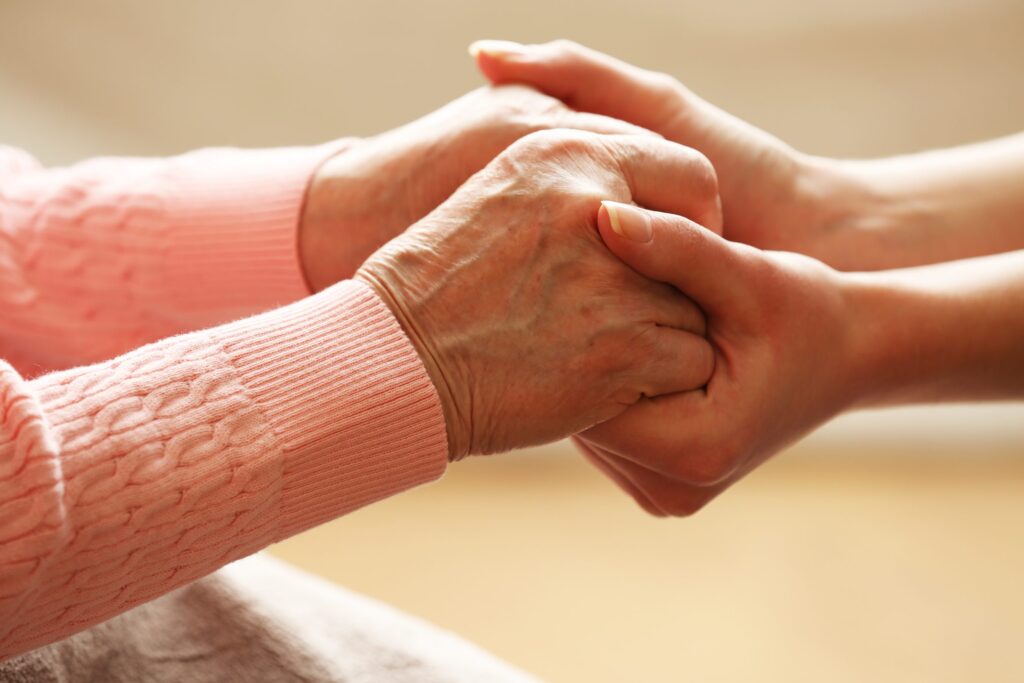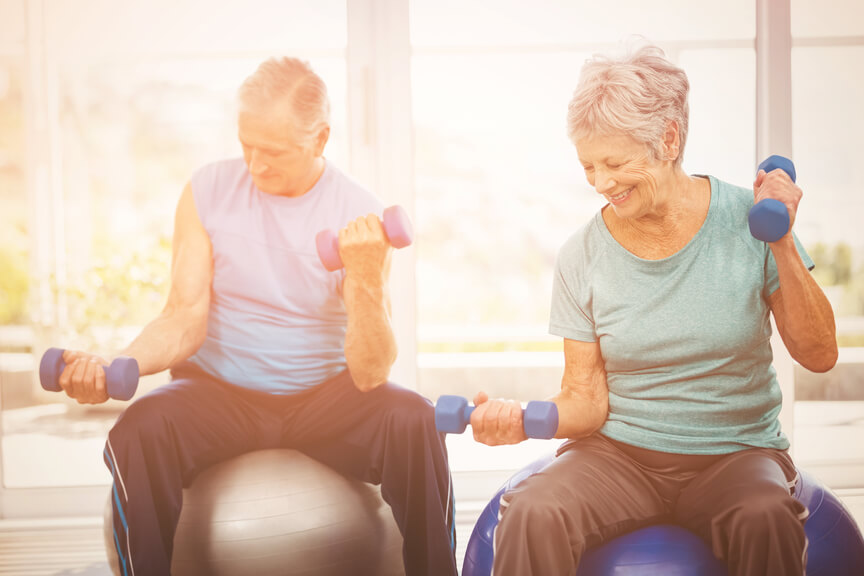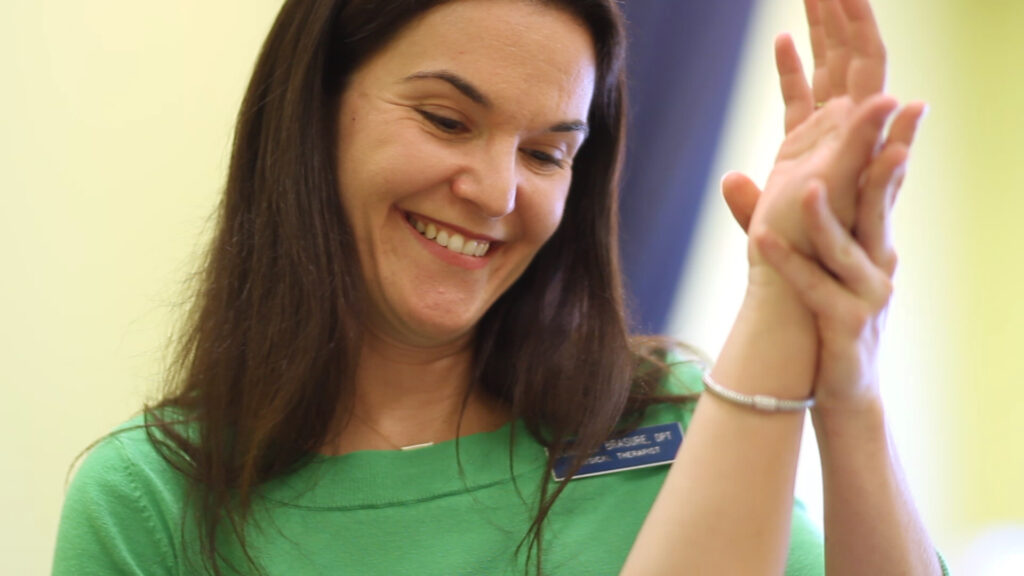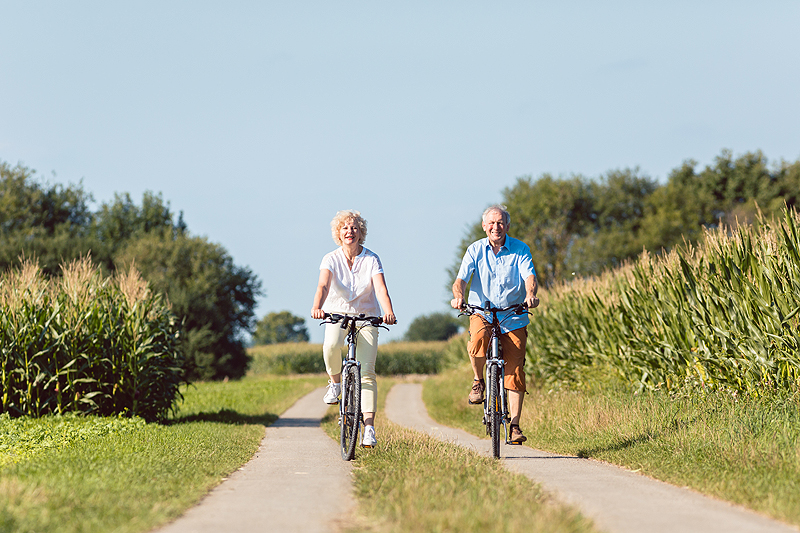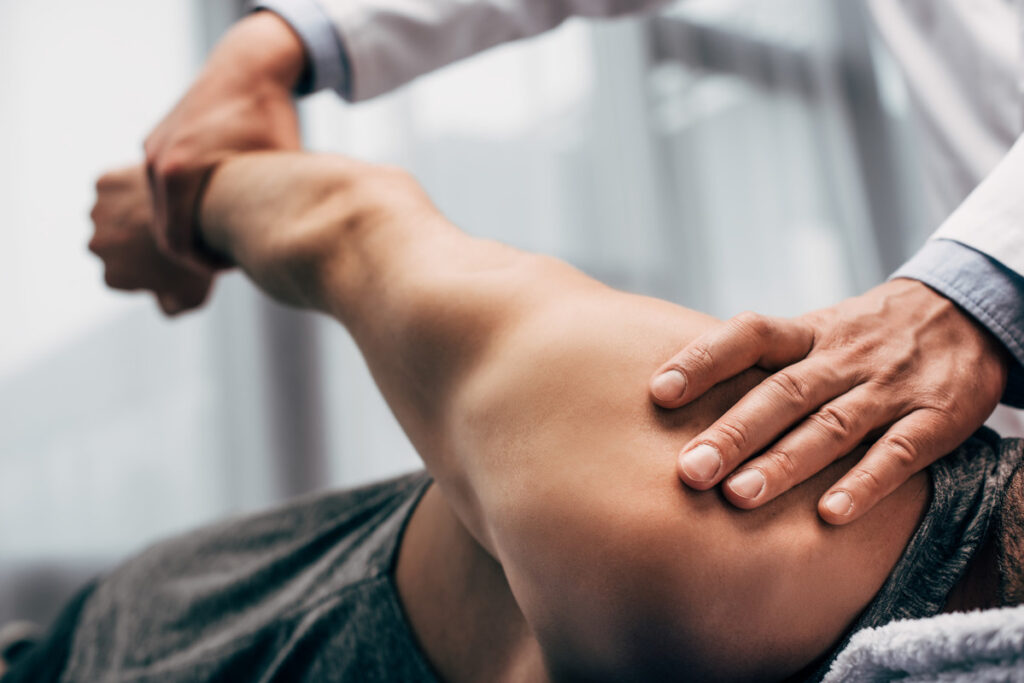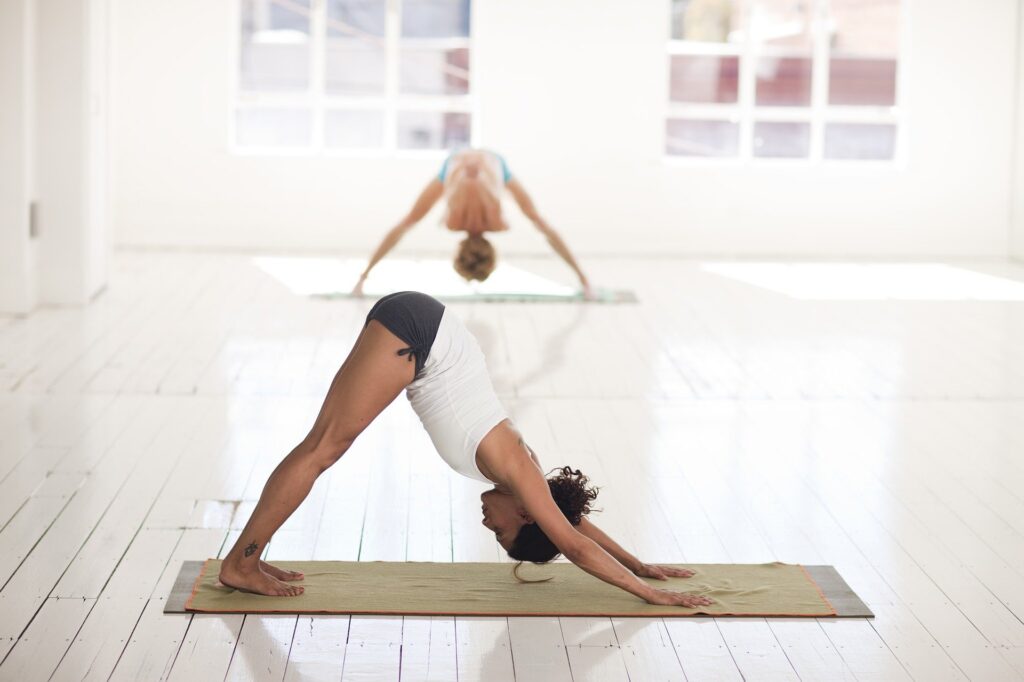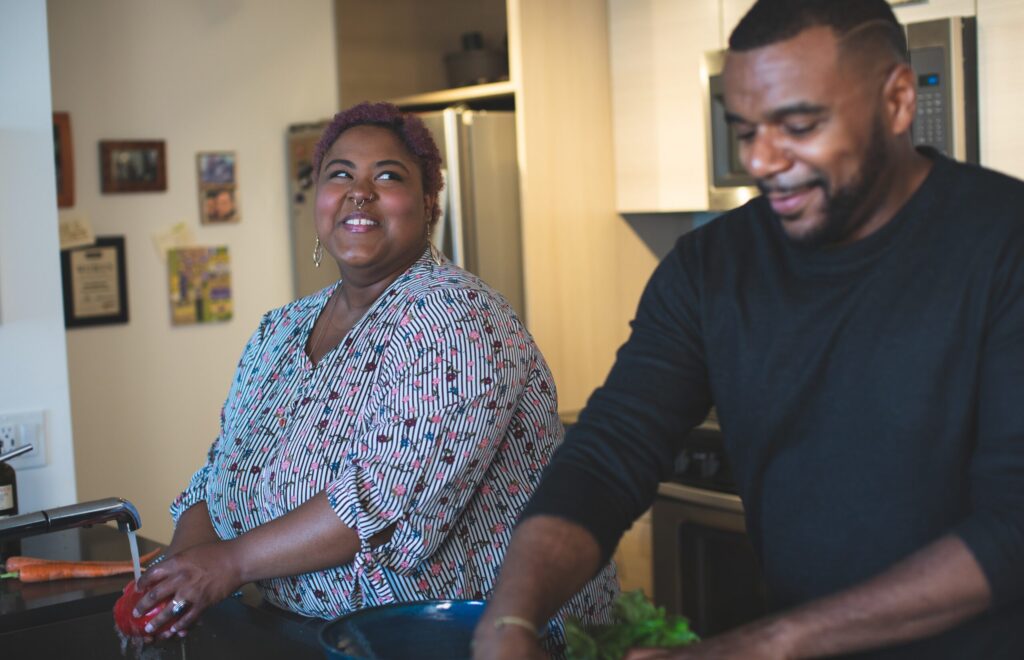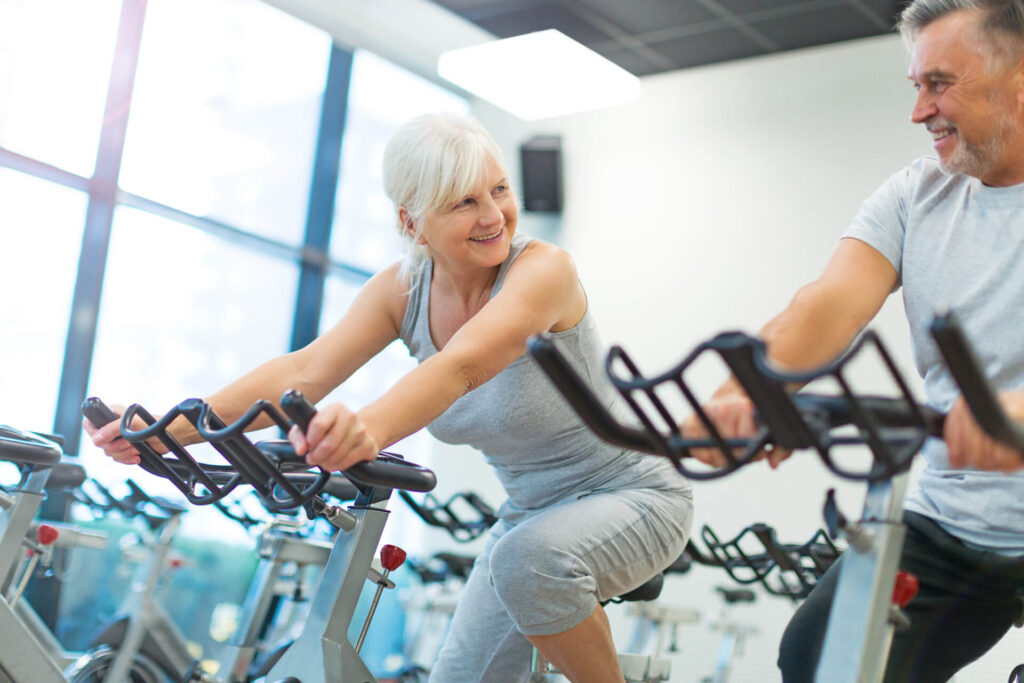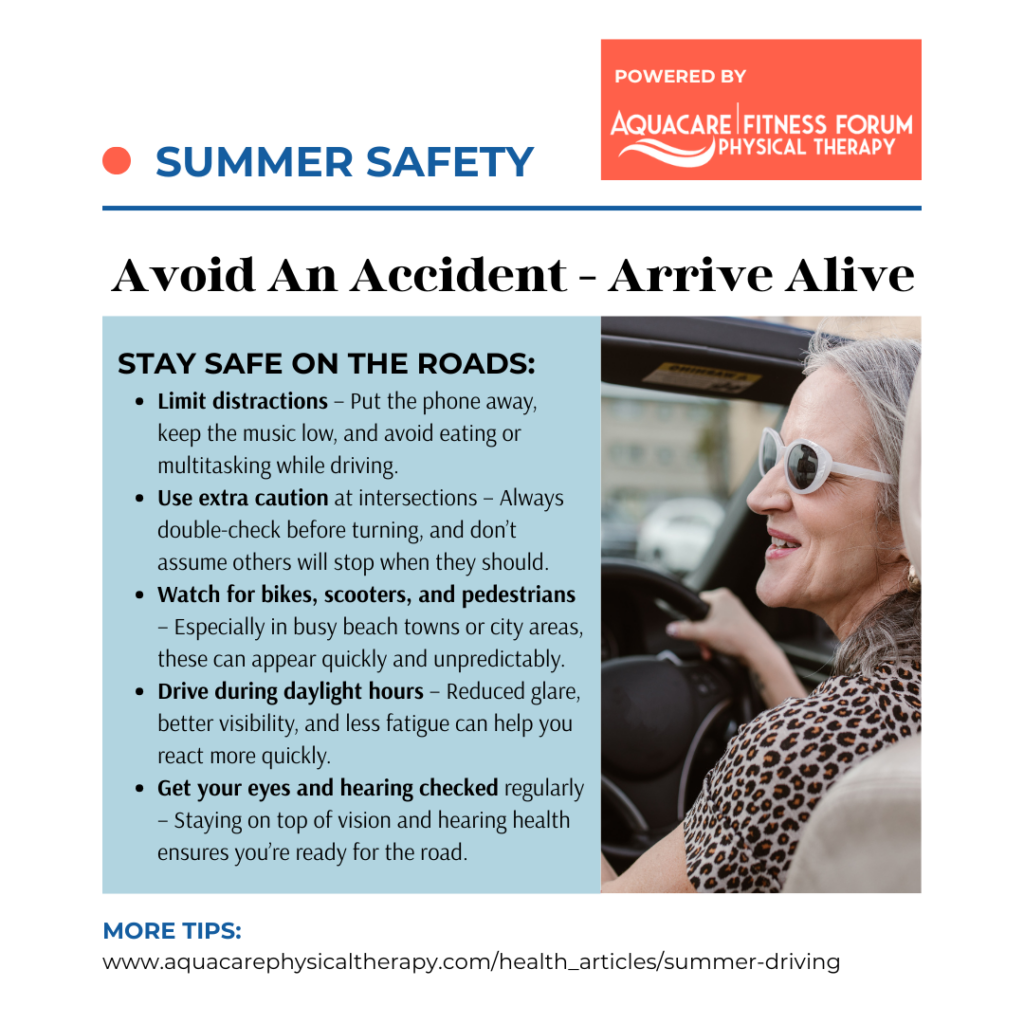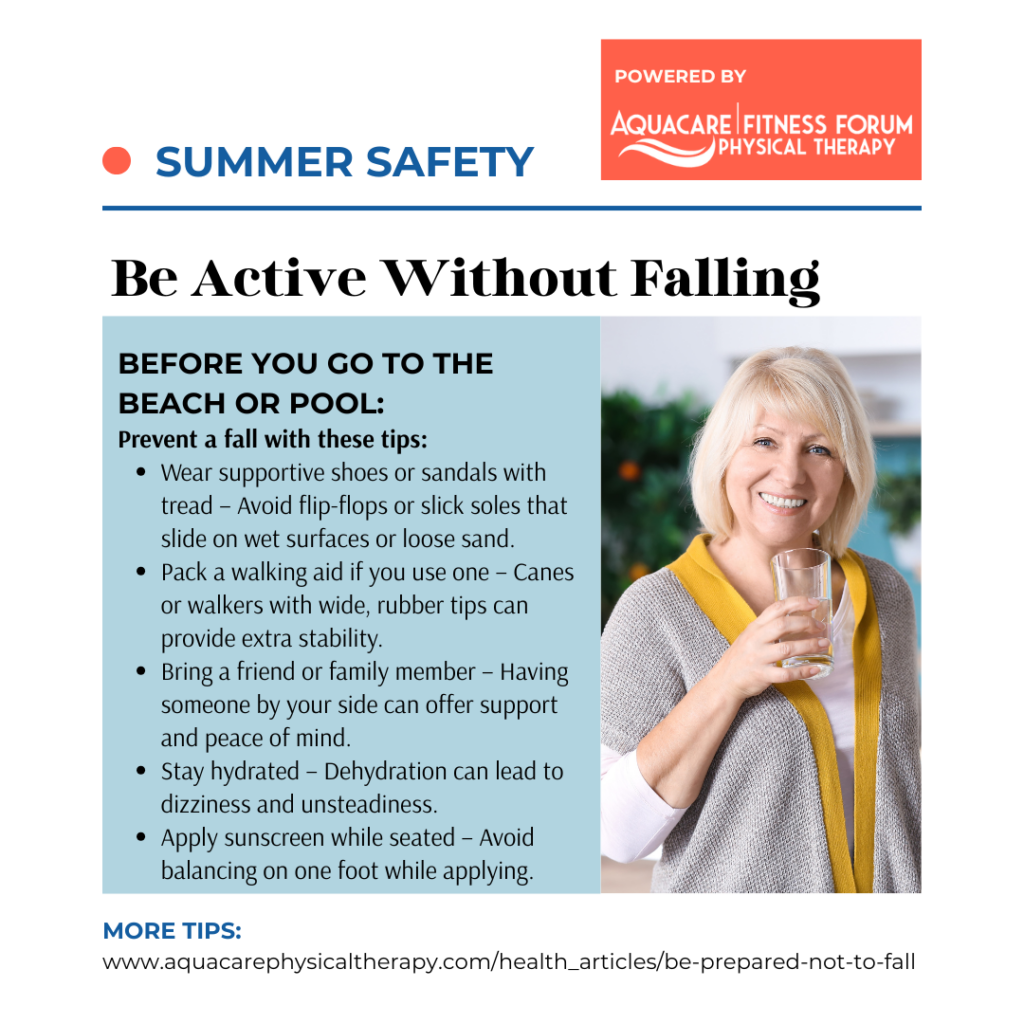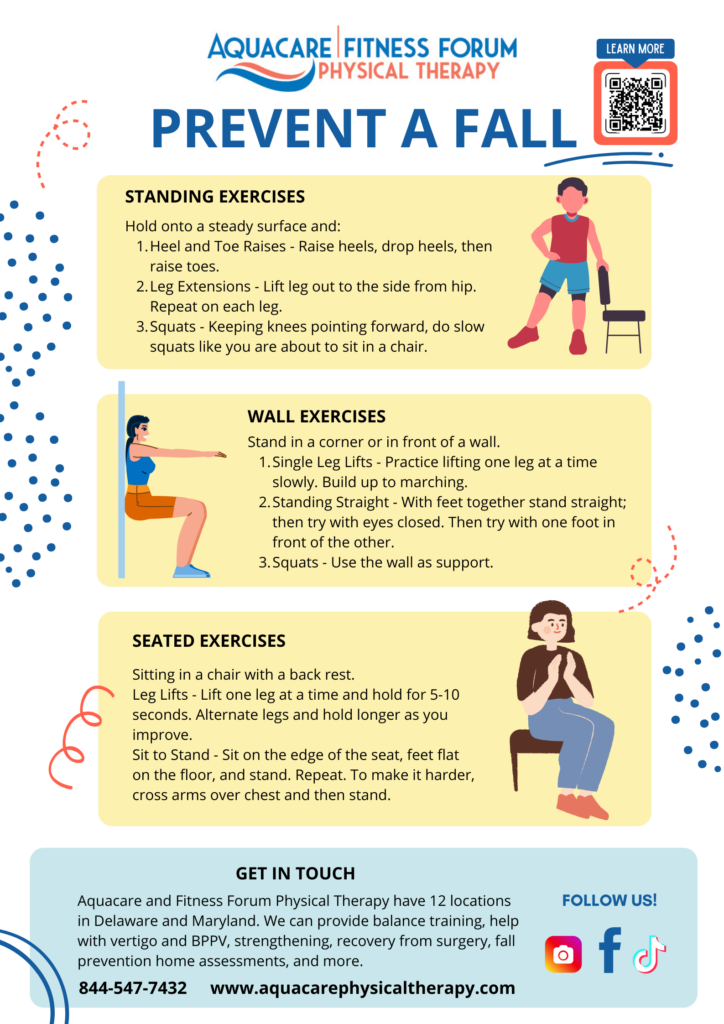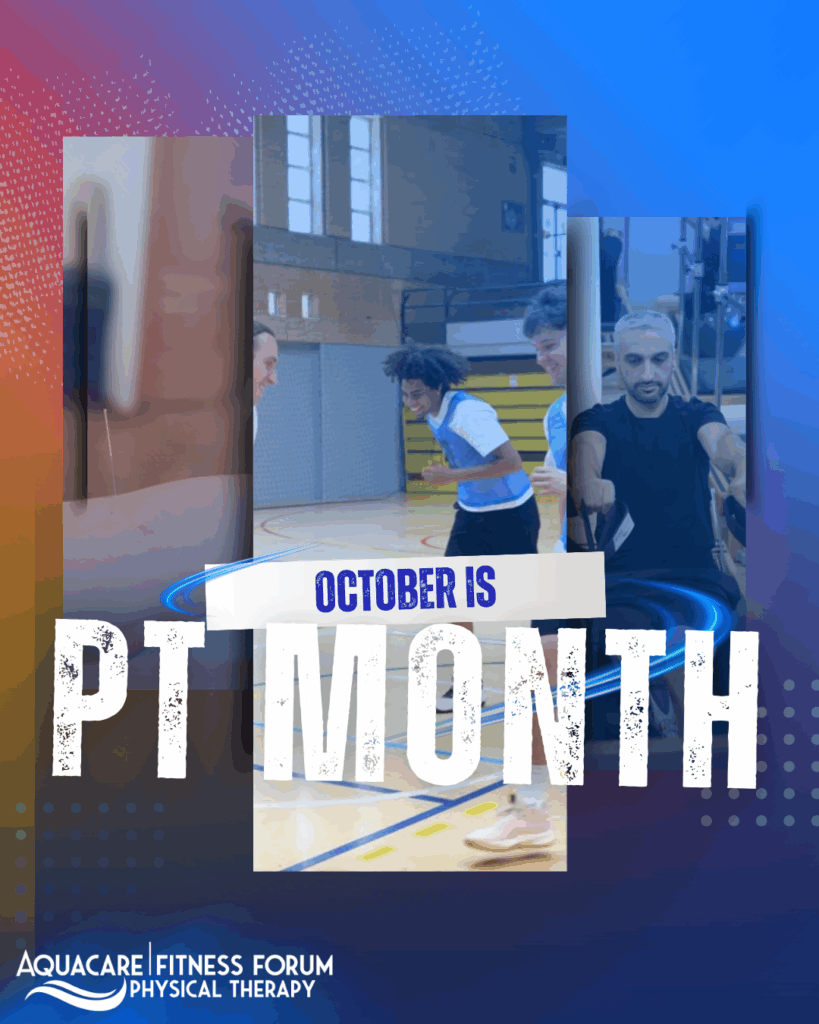
Exercise and Injury Prevention for a Caretaker

When it comes to caretakers of friends or family members, most people get so lost in their duties, they tend to forget to take care of one other very important person: themselves!
Due to the busy schedule any caretaker may have, it is very easy to forget the foundation of safety and body mechanics in the midst of their duties, especially during assistance with transfers or getting someone out of bed.
Below are some tips and exercises caretakers can utilize to maximize safety for themselves and for those they are attending to:
- Squats: Squats come in handy because they strengthen up the powerful muscles of our legs. Rather than repeatedly bending over, squatting will reduce strain and stress on your spine, thus preventing low back injuries that are common with lifting heavy objects with improper technique. When performing a proper squat, ensure that you maintain a level chest, and as you bend your knees, your knees do not ‘pass over’ your toes; this will help reduce stress on your knees.

- Maintain a wide base of support and keep the person/object being lifted close to your body: when preparing to assist with a transfer or lifting someone/something heavy, you always want to make sure you maintain a wide stance and base of support; this will make it easier for you to maintain your balance and stability during the activity. Also, keep the person/object close to you rather than far out in front of you – this will provide a shorter lever arm, giving you the advantage and making it easier for you to lift/pick up.
- Lunges: when performing a lunge, again make sure your knees don’t pass over the toes, and ensure your hips stay facing forward rather than turning to one side vs the other. Lunges are great exercises for strengthening the legs to assist with kneeling or picking things up off of the floor.
- Avoid twisting motions: when assisting with a transfer from one seated surface to another (such as from the edge of a bed into a wheelchair or vice versa), it is important to make sure that as you perform the transitional movement, you yourself pivot, instead of twisting from one spot to the other, or take multiple steps if you have to. Pivoting refers to turning the back stance foot in
line with your body rather than leaving it planted in one position. This will prevent repeated twisting motions through the spine and also help avoid potential injury in the back. - The most important of all is: know your strength, ask for help when you need it. A lot of us like to think that we are invincible super heroes, however, we are not as blessed as Superman or Wonder Woman and do not have interstellar super powers.
 Having multiple people help to pick up a load will absolutely lessen the strain and load on you – why not take advantage of that?
Having multiple people help to pick up a load will absolutely lessen the strain and load on you – why not take advantage of that?
Using these tips and exercises should help reduce the risk of injury, however these are not by any means the end all, but all of tips and exercises all caretakers should incorporate. While attempting to remember good body mechanics may initially seem like a time-consuming chore, the more you do it, the more it’ll become a good habit.
Just think of it this way – if you use poor body mechanics and get injured and thus are unable to perform your caretaker duties, what would happen to your loved one?
All of our therapists at Aquacare Physical Therapy do a great job of teaching and implementing body mechanics into our daily routines – please do not hesitate to contact us with any further questions you may have!

